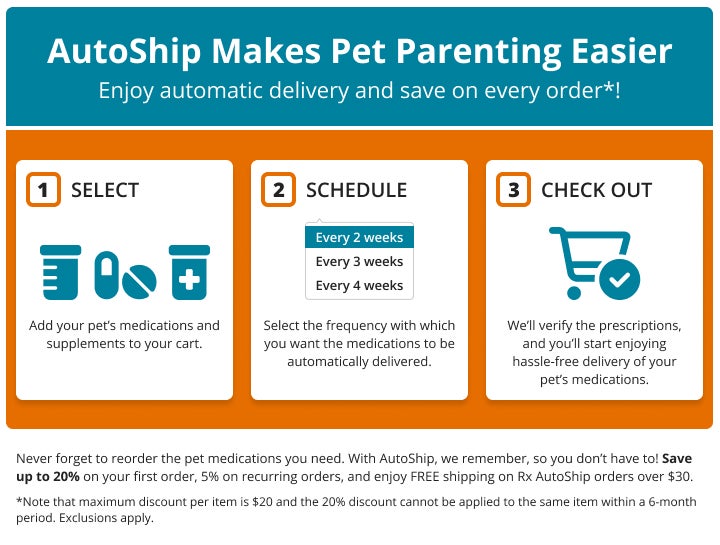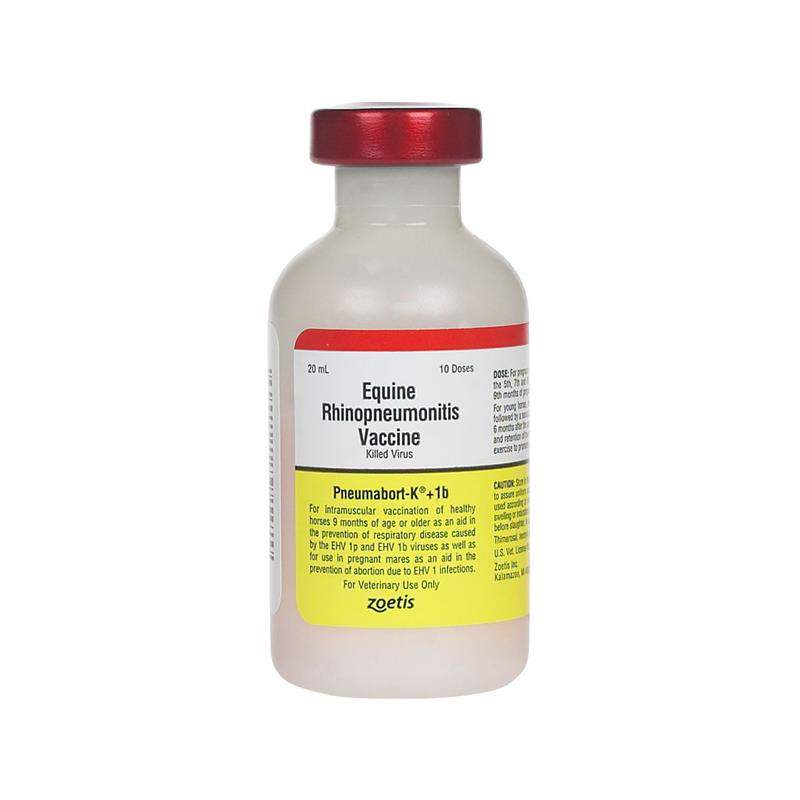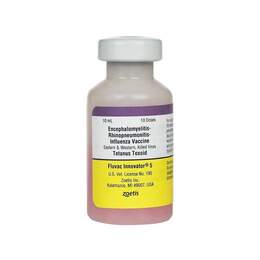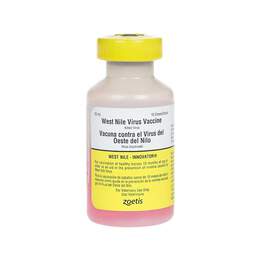Pneumabort-K + 1b Description
Pneumabort-K + 1b (EHV-1) Protects pregnant mares against abortion caused by rhinopneumonits. Contains two strains of EHV-1, increasing antibody production by as much sas 400%. See Allivet's
Horse Vaccine Chart to find out which vaccine is right for your horse.
*Due to state regulations Allivet can't ship this item to the following states GA, IA, or MN.
What is Pneumabort-K + 1b?
Pneumabort-K + 1b (EHV-1) vaccine protects healthy horses 9 months of age or older from rhinopneumonits and protects pregnant mares against abortion caused by rhinopneumonits.
Which animals/pets is Pneumabort-K + 1b for?
Horses (For pregnant mares)
As an aid in the prevention of respiratory diseases caused by the EHV 1p and EHV 1b viruses as well as for use in pregnant mares as an aid in the prevention of abortion due to EHV 1 infections.
What does Pneumabort-K + 1b do?
Contains both the 1b and 1p strain to protect against equine rhino-pneumonitis and abortion in pregnant mares.
Pneumabort-K + 1b side effects
Anaphylactic reactions may occur following the use of the product. Symptomatic treatment: Epinephrine.
Pneumabort-K + 1b ingredients
Equine Rhinopneumonitis Vaccine Killed Virus
Thimerosal, neomycin, polymyxin B and amphotericin B added as preservatives.
Pneumabort-K + 1b overdose: What to do?
Contact your nearest emergency animal hospital.
What to know before using Pneumabort-K + 1b
Use entire contents when first opened (20 mL).
How is Pneumabort-K + 1b sold?
1 Dose Syringe
10 ds Vial
Zoetis
For pregnant mares, aseptically administer one 2 mL dose intramuscularly during the 5th, 7th and 9th months of pregnancy. Revaccinate annually at the 5th, 7th and 9th months of pregnancy.
For young horses, aseptically administer one 2 mL dose intramuscularly after weaning, followed by a second 2 mL dose 3 to 4 weeks later. Revaccinate with a single 2 mL dose 6 months after the second primary dose and annually thereafter. To insure proper placement and retention of the vaccine, inject deep into the heavy muscles of the hindquarter. Mild exercise to promote absorption is recommended for one week after injection.
Equine Rhinopneumonitis Vaccine Killed Virus
Thimerosal, neomycin, polymyxin B and amphotericin B added as preservatives.
Pneumabort-K
 This vaccine is used for horses that are older than 9 months of age, it helps protect against rhinopneumonits and will also help protect pregnant mares against abortions that could be caused by the sickness. This vaccine prevents respiratory diseases from EHV 1P and EHV 1b and EHV 1 which can cause abortions in pregnant mares.
This vaccine is used for horses that are older than 9 months of age, it helps protect against rhinopneumonits and will also help protect pregnant mares against abortions that could be caused by the sickness. This vaccine prevents respiratory diseases from EHV 1P and EHV 1b and EHV 1 which can cause abortions in pregnant mares.
In pregnant mares it should be administers at the fifth, seventh, and ninth month of pregnancy, Pneumabort-K is the only vaccine with federal approval to prevent abortions it is sold in 1 dose syringes and also in 10 dose vials, it should be kept cold at all times avoiding freezing, and once it is opened entire contents should be used.
Horses with a history of EHV infection and disease, including neurological disease, are likely to have immunity consequent to the infection that can be expected to last for 3 to 6 months or longer in older horses. Booster vaccination can be resumed 6 months after the disease occurrence.
While this approach does not guarantee protection of individual horses against the potentially fatal neurological form of EHV-1, the hope is that reduced nasal shedding of infectious EHV-1 by recently vaccinated horses will indirectly help protect other horses by reducing the dose of virus to which they are exposed.


 This vaccine is used for horses that are older than 9 months of age, it helps protect against rhinopneumonits and will also help protect pregnant mares against abortions that could be caused by the sickness. This vaccine prevents respiratory diseases from EHV 1P and EHV 1b and EHV 1 which can cause abortions in pregnant mares.
This vaccine is used for horses that are older than 9 months of age, it helps protect against rhinopneumonits and will also help protect pregnant mares against abortions that could be caused by the sickness. This vaccine prevents respiratory diseases from EHV 1P and EHV 1b and EHV 1 which can cause abortions in pregnant mares.






